Could your child be at risk for poisoning? Unfortunately, the Food and Drug Administration (FDA) has identified a risk of possible poisoning in popular applesauce brands.
The listed affected brands, per MSN, have been identified as Schnucks, Weis, and WanaBana applesauce, all of which create cinnamon-flavored applesauce pouches. Here’s what we know.
What Is the Scope of the Recall and Concern?
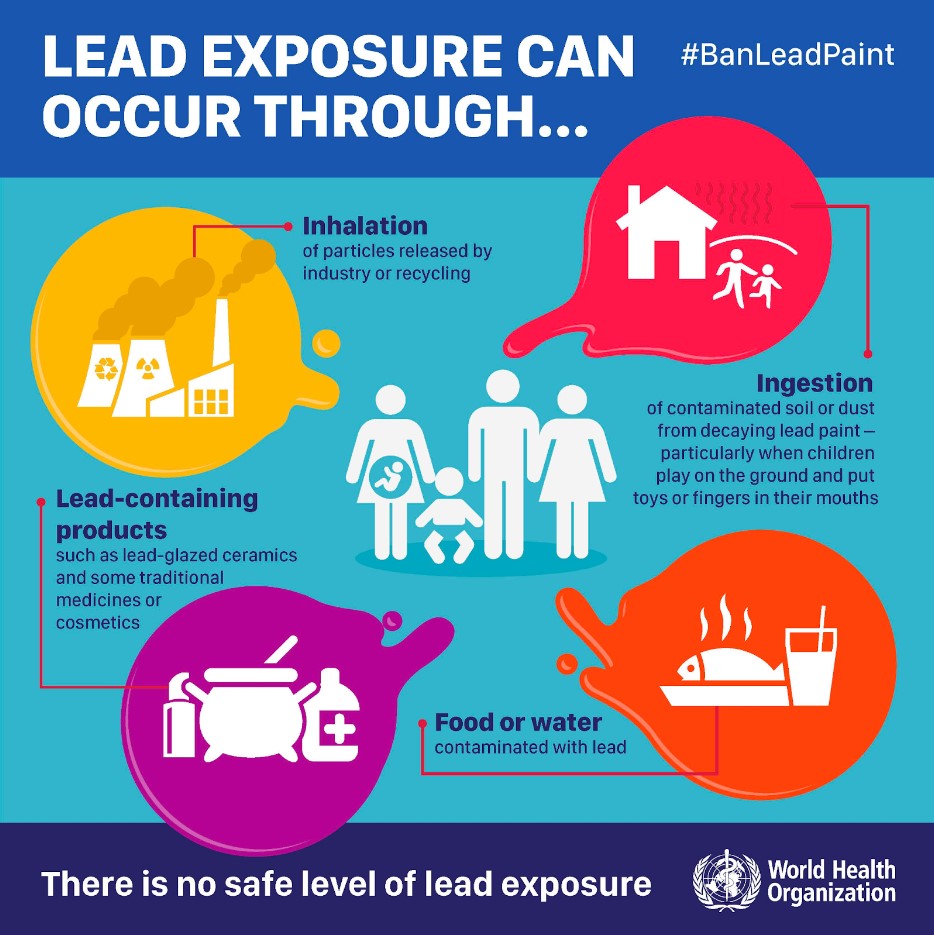
Per the FDA, 65 children have been sickened so far, prompting a formal investigation. The FDA is currently working to determine how the products have been contaminated.
At the time of this publication, MSN notes that the FDA is suspicious of the possibility of intentional lead poisoning, which could have negative health effects for children consuming the pouches.
Wait a Minute — Intentional?
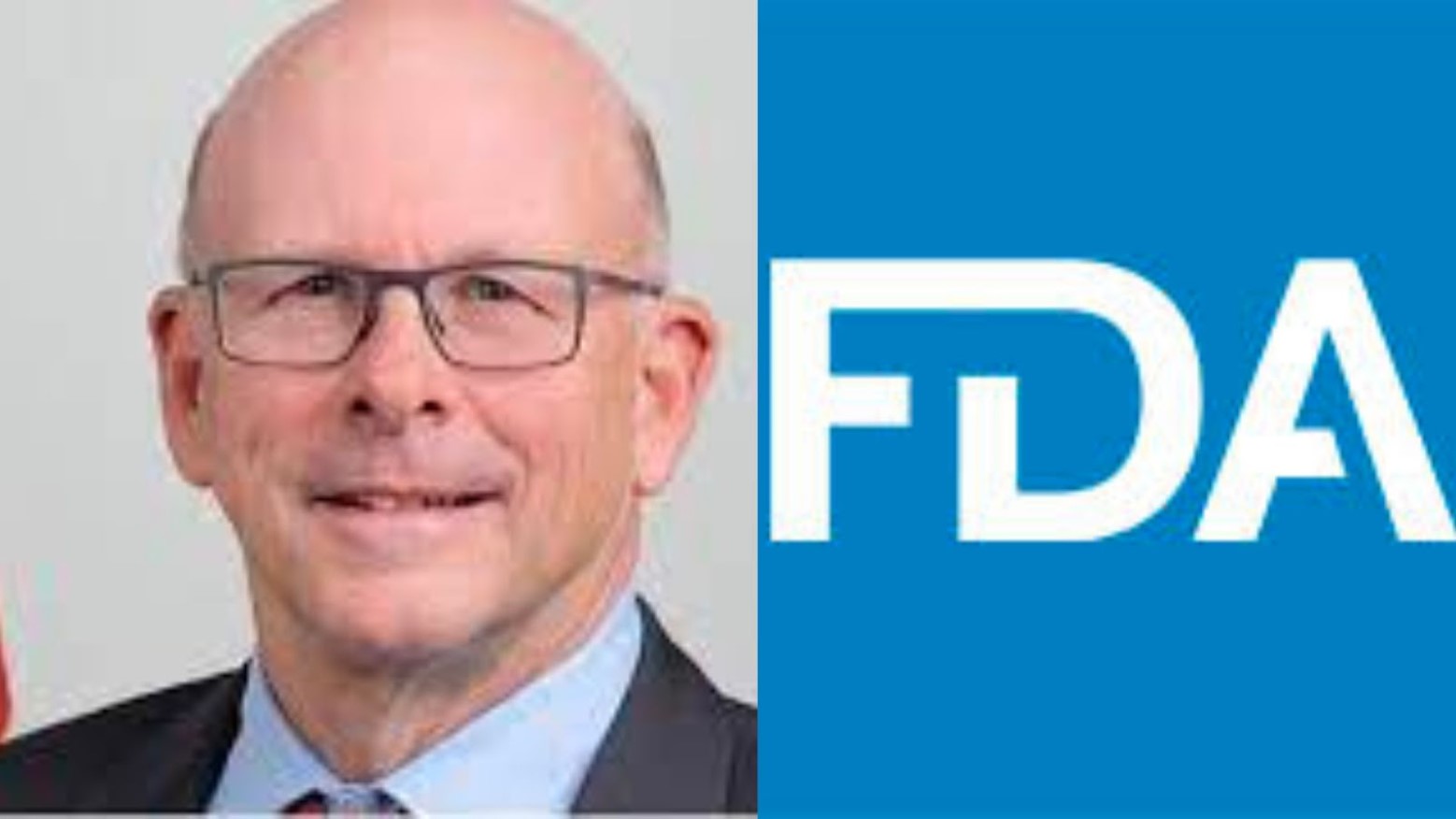
Jim Jones, FDA deputy commissioner, first noted this concern in an interview with outlet Politico. “We are still in the midst of our investigation…so far, all of the signals we’re getting lead to an intentional act on the part of someone in the supply chain,” he said.
As there has been no formal findings or citings, there is the possibility of compromisation at any point in the supply chain.
Where Did the Food (and Lead) Come From?
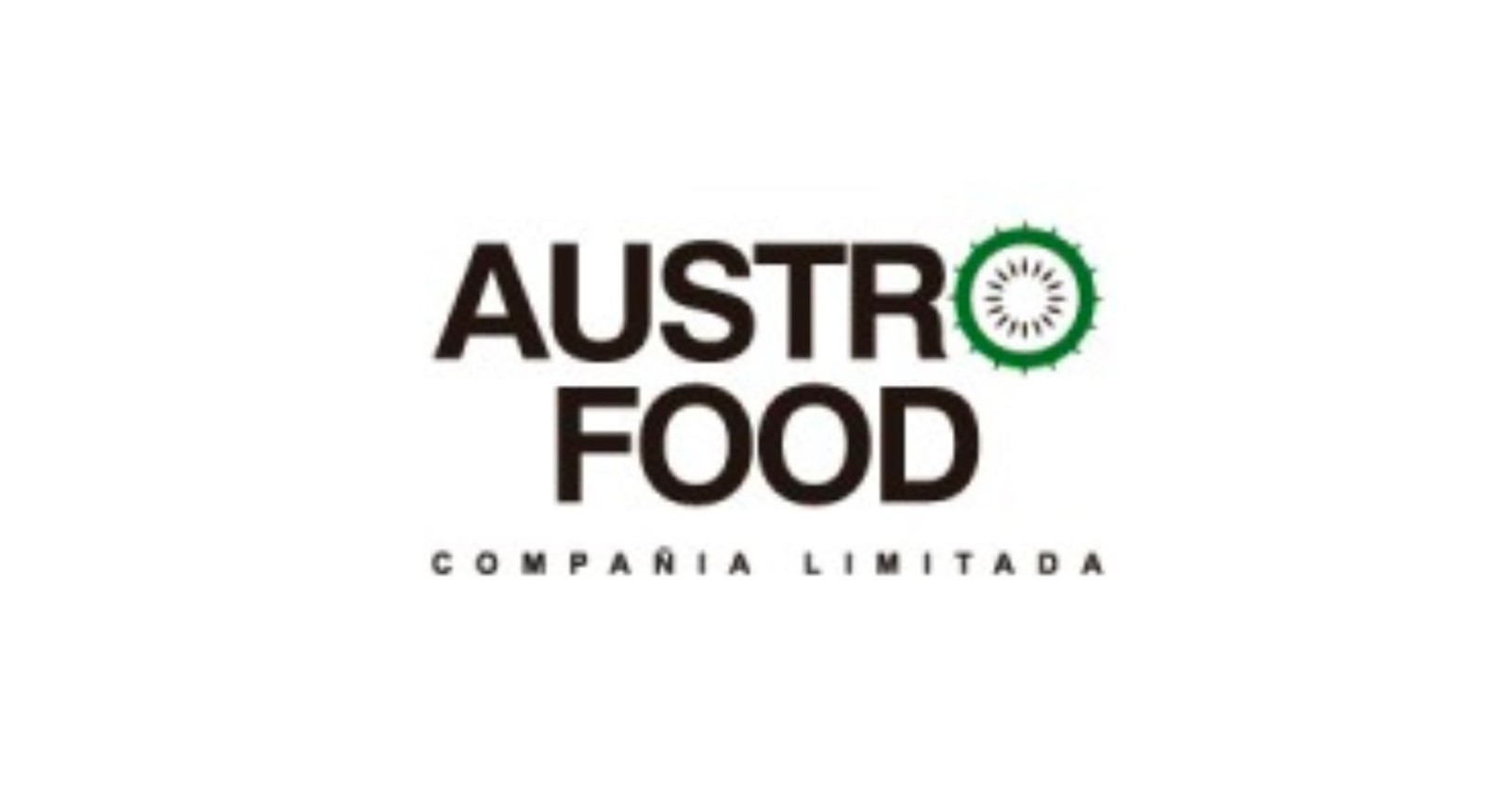
The three brands that have been affected by the poisoning were found to originate in an Austrofood location in Ecuador.
The lead has been tied to a batch of cinnamon on site, which the FDA has found to have “extremely high levels of lead contamination,” per MSN.
How Much Lead Was Found in the Cinnamon?
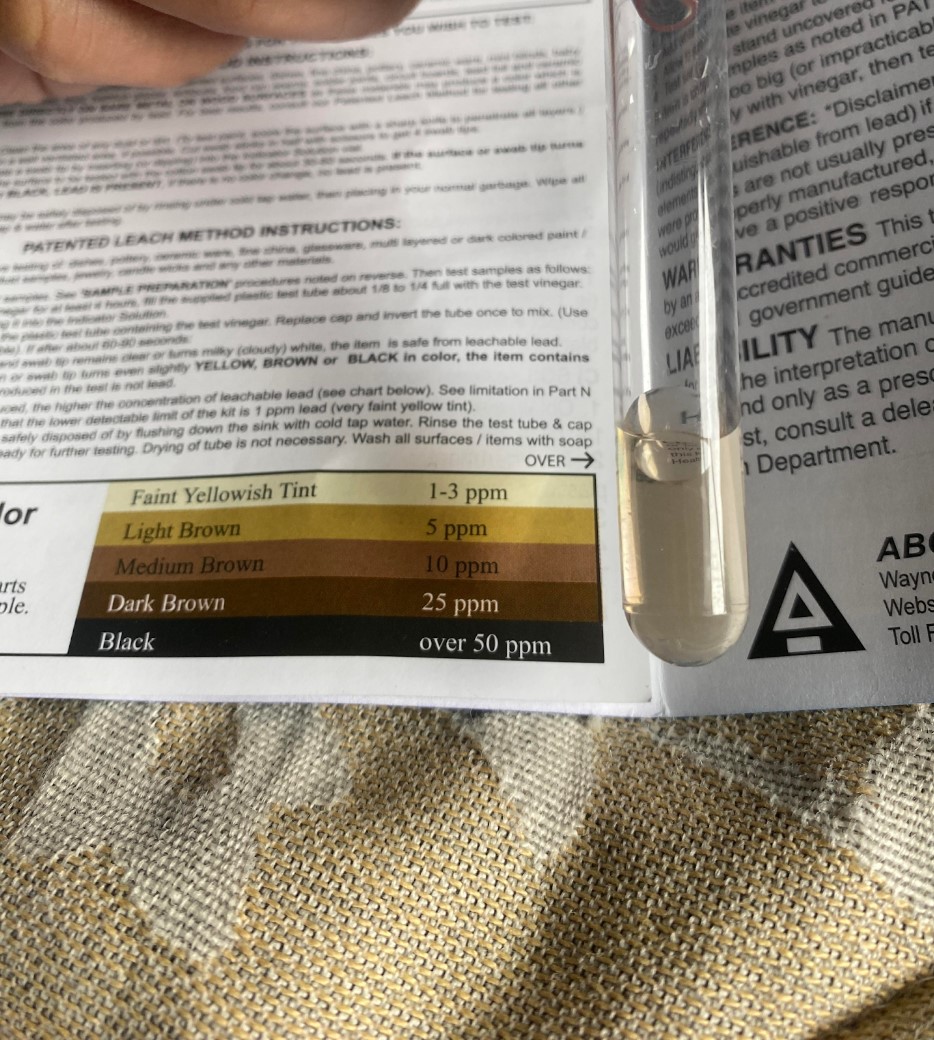
Any amount of lead can have ill health effects in the human body. This finding prompted many consumers to ask exactly how much lead was found in the FDA’s investigatory process.
A recent FDA update as of December 18th, 2023, noted that samples showed extremely high levels of lead that equated to 5110 parts per million (ppm) and 2270 ppm, respectively.
What Is the Allowable Allocation for Lead in Food?

At the time of this publication, there is no known or formal “lead limit” for any food or spices manufactured or imported in/to the United States.
This contamination may change that, as the FDA has noted in the previously linked update that the Codex Alimentarius Commission might adopt a maximum amount of lead (2.5 ppm) in certain foods and spices soon.
Why Would Someone Poison Children’s Food?
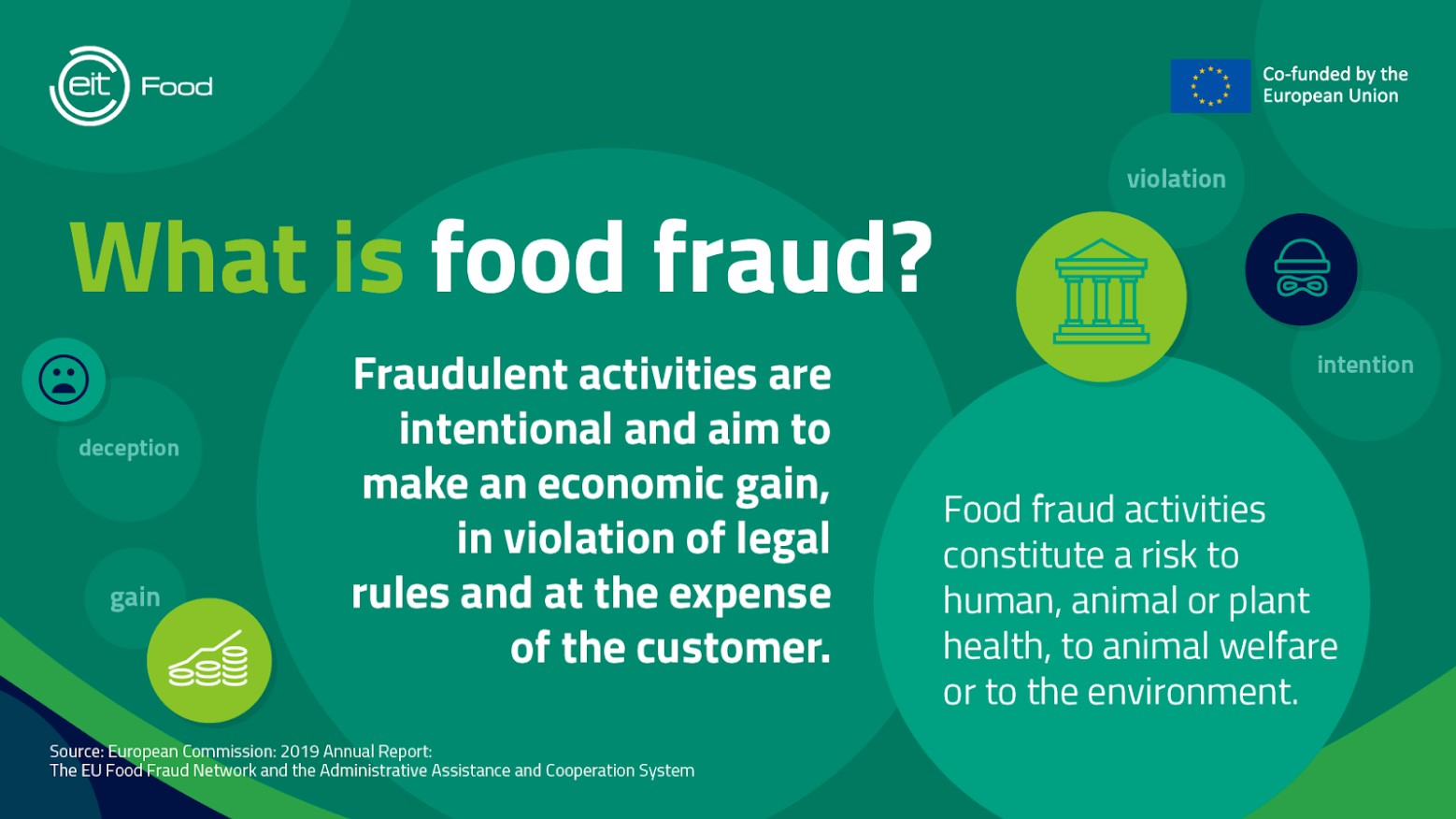
At this time, the motivation behind the contamination is not known. The FDA is currently exploring the risk or potential of an “economically motivated adulteration” per MSN, which is colloquially known as food fraud.
Food fraud happens when a food product is switched to a cheaper alternative, even if it doesn’t have equivalent qualities or value.
Is Food Fraud Common?
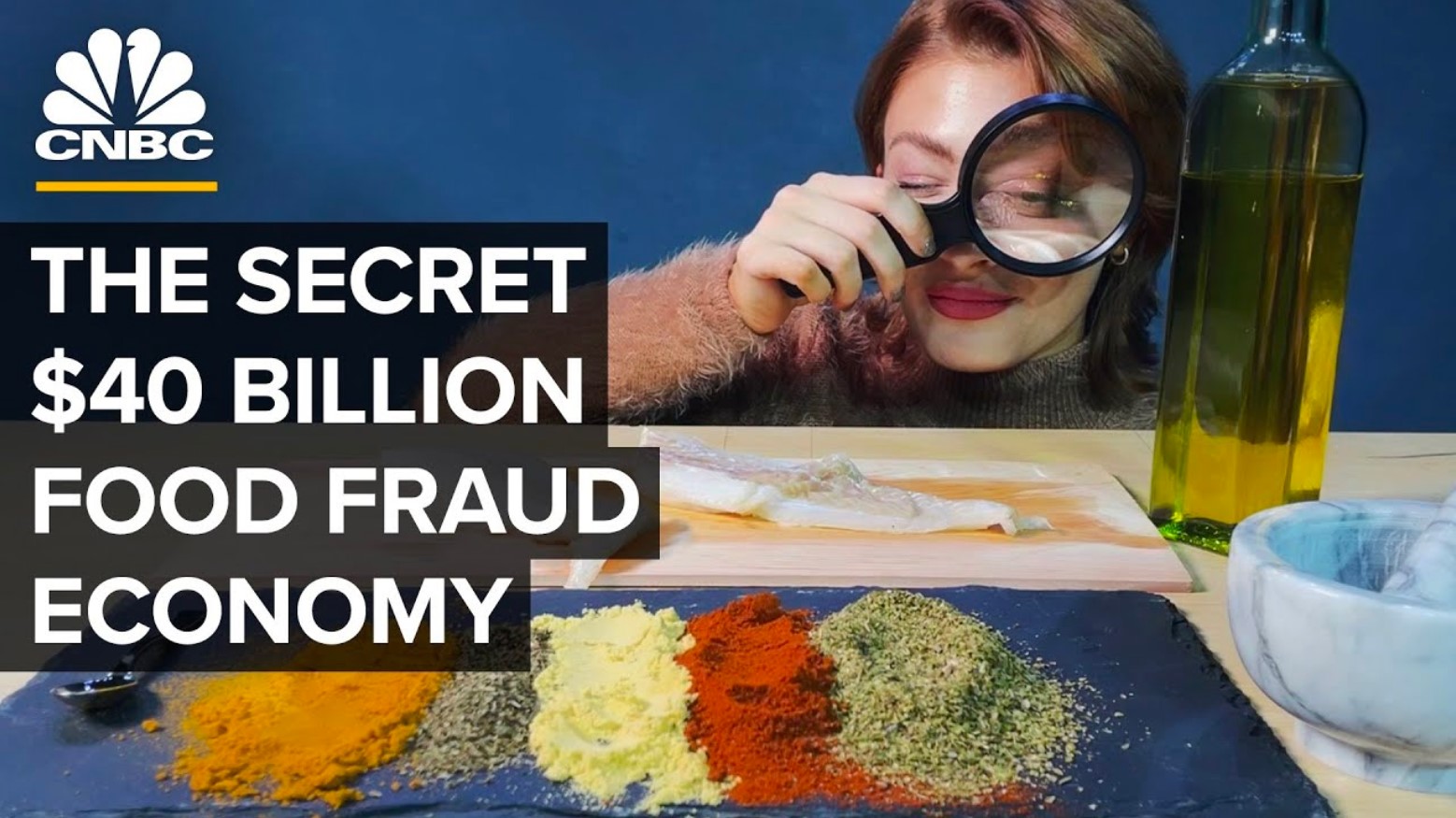
Food fraud can be common, especially in certain industries. CNBC notes that the occurrence of food fraud and related costs can rack up about $40 billion a year in extra charges.
They go on to note that food fraud is currently thought to affect 1% of the global market at a minimum at the time of this publication.
What Industries Are Most Susceptible to Food Fraud?
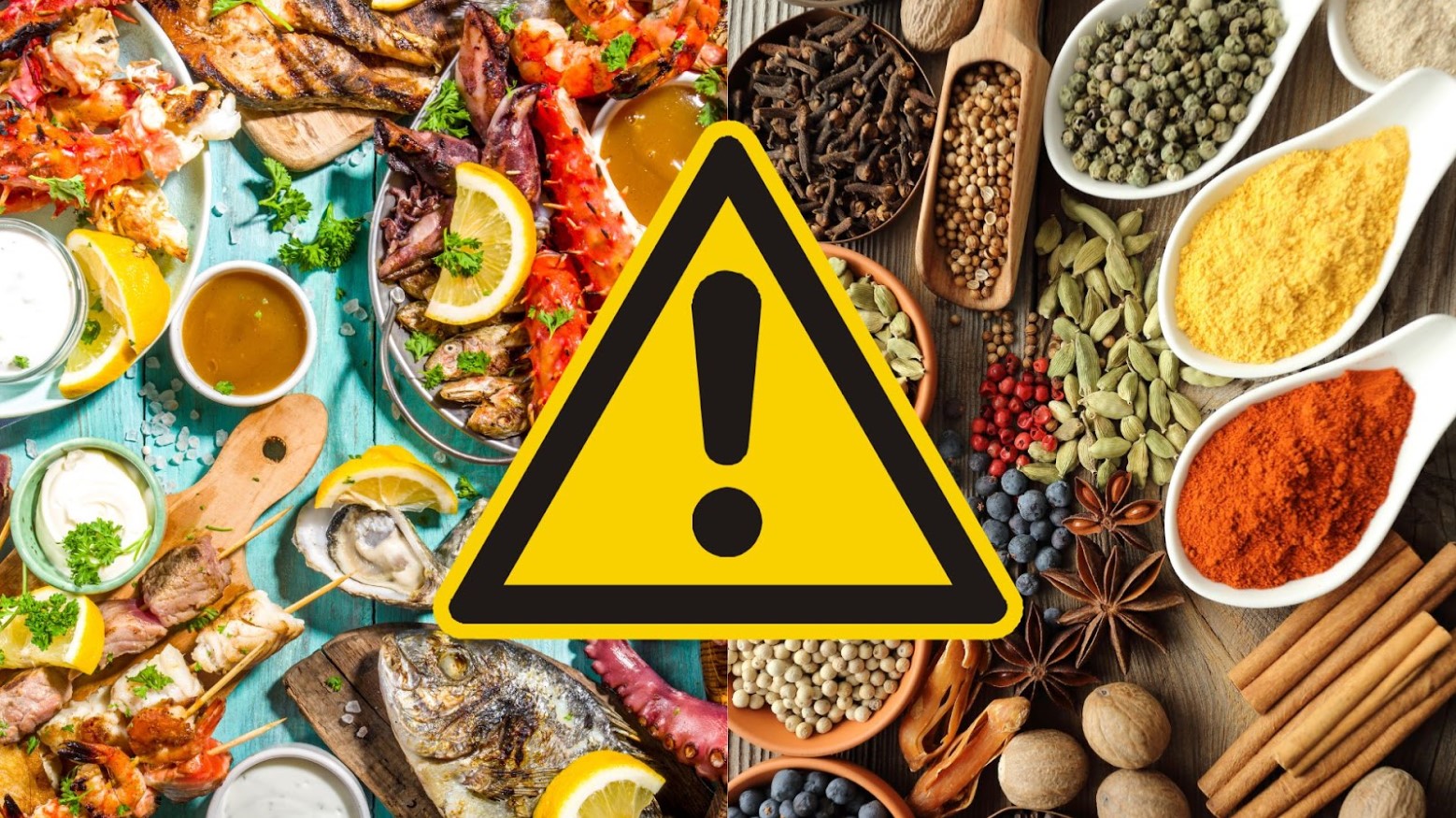
Food fraud can occur within any subgroup of the food industry on a global scale, and may become more prevalent as global trade prices rise.
MSN notes that food fraud can be especially common in certain industries, such as the seafood industry and the spice industry.
How Dangerous Is Food Fraud?

While it may seem like simple “cutting corners” to some, the FDA notes that “depending on what is added, substituted, or left out, food fraud can lead to health issues…some major, and even death.”
They go on to note different scenarios that may prompt ill effects, such as contamination with a poison or the risk of an undeclared allergen.
What Should I Do If I Believe My Child Is at Risk?

Like with many medical issues, if you believe your child is at risk of poisoning or harm, you may wish to take them to be seen by their general practitioner.
Your doctor can work with you to determine what the next right step is, depending on your child’s possible exposure and the presence or absence of symptoms they may have.
How Are Companies Taking Responsibility?
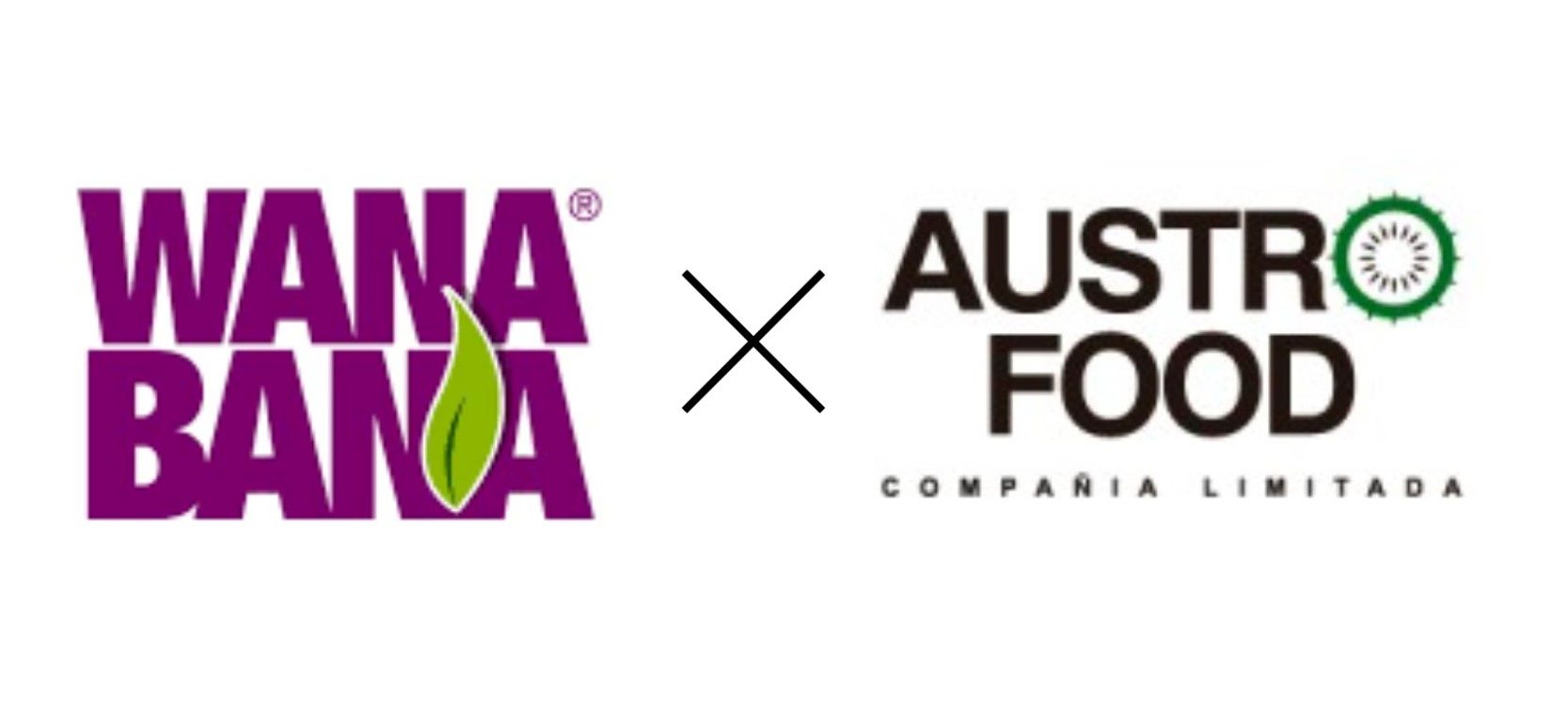
Per MSN, WanaBana and Austrofood are partnering formally to create a site that talleys customers who purchased one of the applesauce packs that may have been contaminated.
They allegedly plan to reimburse parents for related health care costs, as well as track data for this issue for later reference use.








































